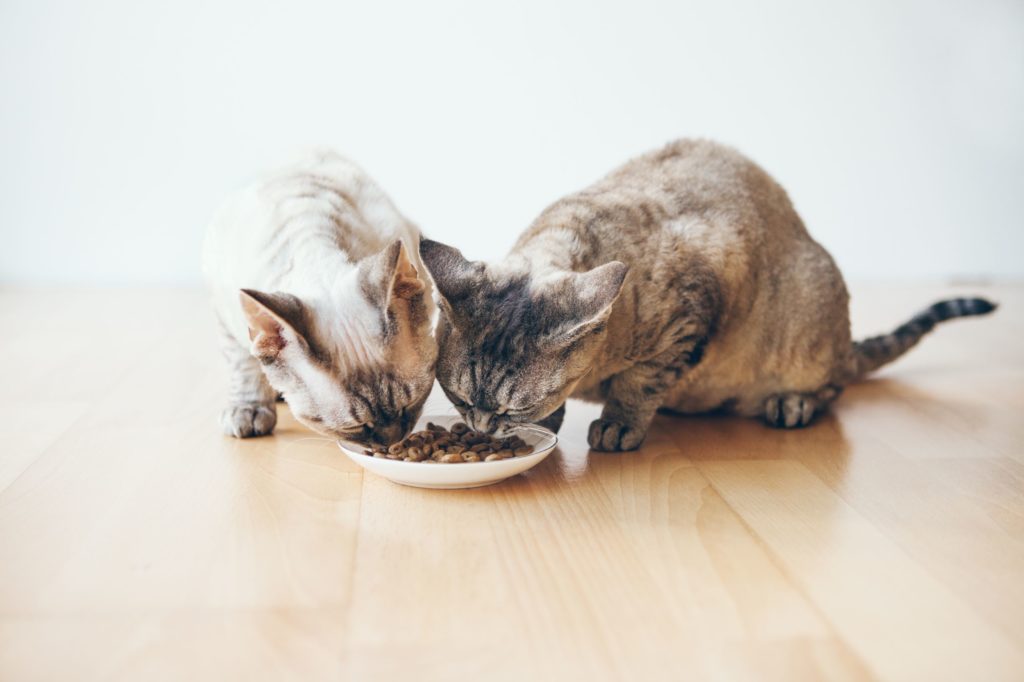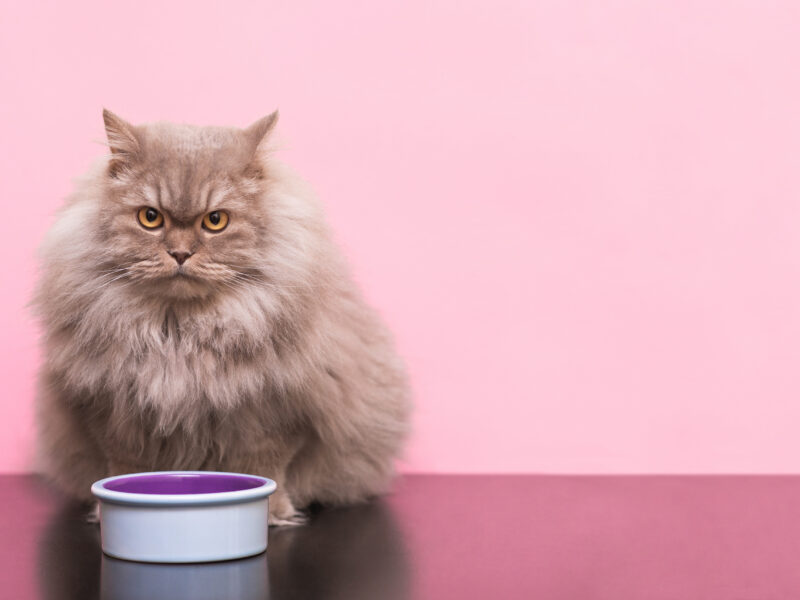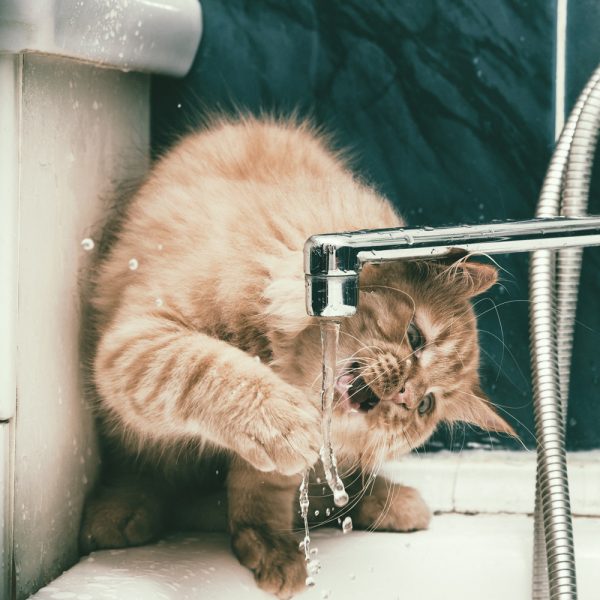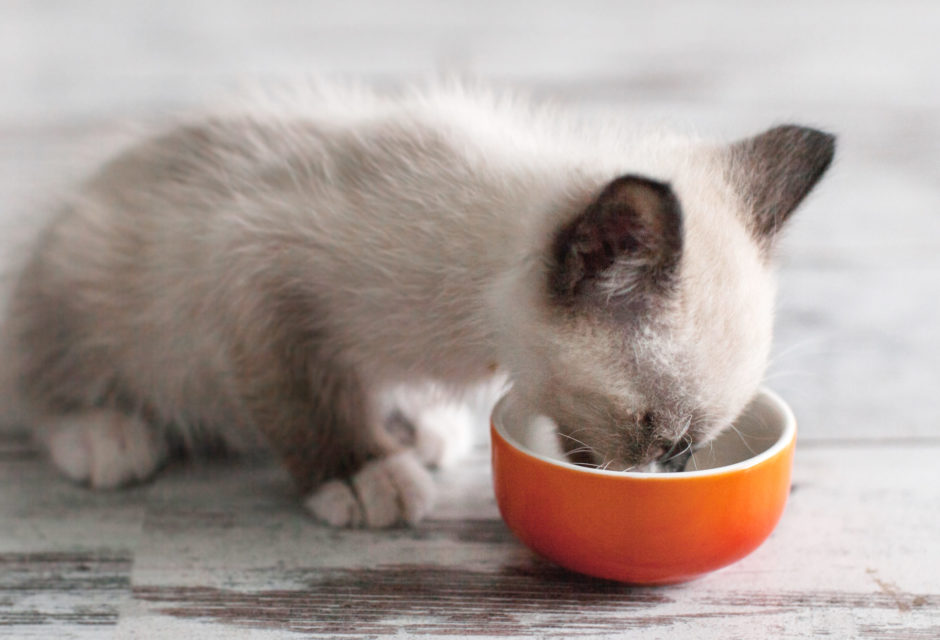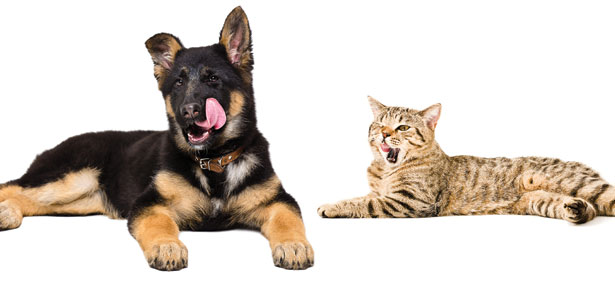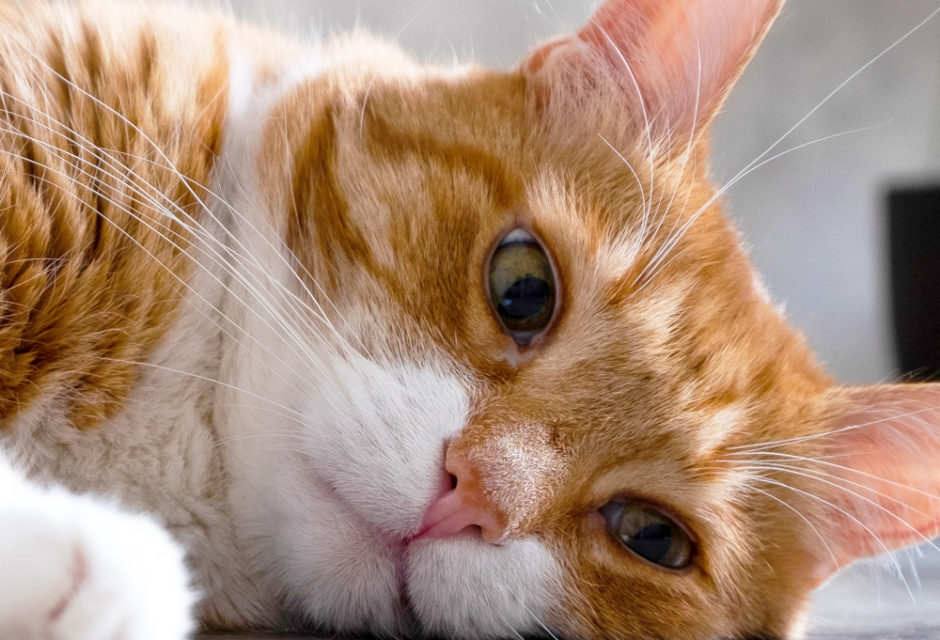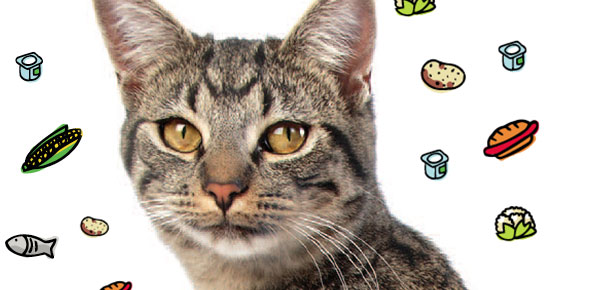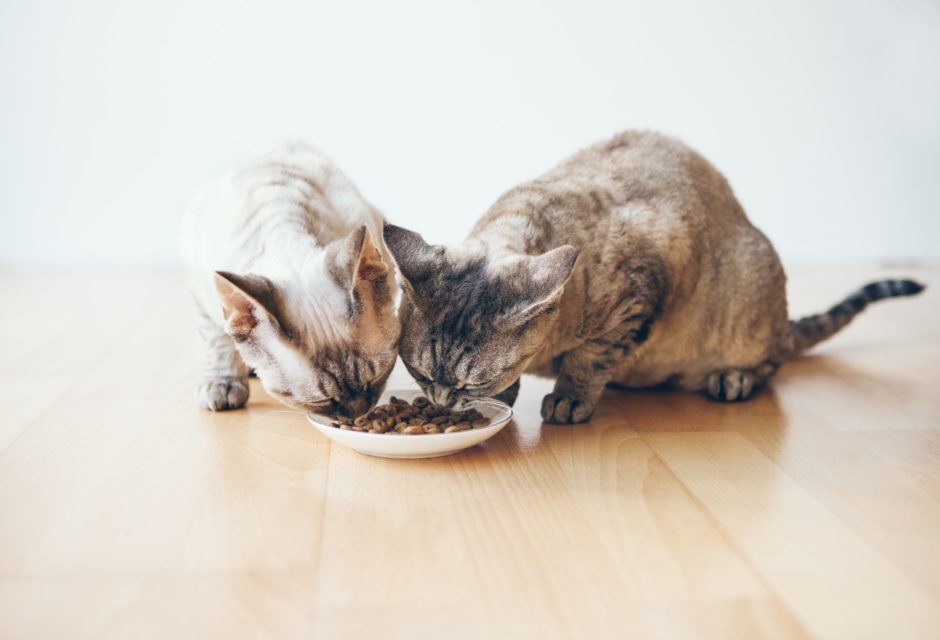

A Vet Shares What You Need To Know About Cat Nutrition
Cat nutritionist, Doctor Liz Bales shares her expert tips to keep your pet healthy. What should you feed your cat? Few topics get cat lovers more excited and passionate than this one. There are so many mixed messages on how to keep your cat both happy and healthy.
For cats, their behaviour has everything to do with what and how they eat. Cats are very specific about their diets. So much so, that a cat might only tolerate a specific shape of dry kibble!
But, how do you know what to do? The pet food aisle is full of great cat nutrition marketing buzz-words that appeal to our emotions, like grain-free, gluten-free, etc. You might notice that the buzz-words are mirroring the trends and fads of the moment in human nutrition. But, healthy nutrition for your cat is not a fad and the basics are still the best. Here are my science-based tips for your cat’s nutrition.
1 – Weight Control – Keeping your cat lean is the #1 most important thing that you can do for your cat’s health. Carrying excess weight increases your cat’s likelihood of developing diabetes, urinary disease, heart disease, osteoarthritis, skin disease and more. If your cat is as little as two pounds overweight, it is not a question of if your cat will get sick, but when.
This amazing fact is overlooked by most of us. Currently, 60% of cats in America are overweight or obese. Many of us don’t know that our cats are overweight. One study showed that only 10% of Americans with an overweight cat recognized the problem. So, how can you tell if your cat has a problem? Schedule a weight check visit with your veterinarian. Your vet will tell you your cat’s current weight, ideal weight and can then calculate the precise amount of calories that your cat should eat in a day. Together, you can choose the best food for your cat’s weight loss, medical and age status. Weekly weigh-ins will provide the information to make adjustments and get your cat back the health and longevity that we all want.
2– Hydration – All cats need to be well hydrated. A cat’s natural diet of prey is very moisture-rich. A mouse is about 70% water. Canned food closely mimics this moist diet, with about 78% water content. On the other hand, dry food has very little water.
To help your cat stay hydrated, always give your cat access to clean water. Here are my hydration tips for cats.
- Many cats will drink more water when their water is in a separate location from their food source.
- Add water sources in different sized bowls and cups around the house.
- Add a continuous flow water fountain.
- Make water a game – freeze a bowl full of water to create a giant ice cube. Dump this giant ice cube into a pie plate. Your cat can lick and paw at this slippery mound.
- Give your cat a treat of broth – iced, room temperature or warm. Make sure the broth is not made with onions or garlic, which can be toxic to cats.
3 – Read the label. Not all cat foods are created equal. Just like with our food, an informed consumer reads the cat food label to compare foods. First, you want to make sure that the food is formulated to be a nutritionally complete food for your cat. Labeling regulations are established by the AAFCO Association of American Feed Control Officials (AAFCO) and the United States Food and Drug Administration. Pet foods that carry an AAFCO-approved nutritional guarantee are considered to be nutritionally complete and balanced.
The items on the ingredient list are listed in order of decreasing proportional weight. Look for foods in which meat and meat by-products are listed among the first few ingredients. Don’t be afraid of meat by-products. This technical term is used for organ meats, which can be some of the most nutritious for your cat.
4 – Make meal-time fun time. Cats are hunters. In nature, cats spend 80% of their waking hours hunting for food. Hunting is your cat’s physical and mental exercise. Did you know that cats that exclusively hunt for their food need to eat between 8-12 mice in one day!? It is natural for cats to hunt, catch and play with their prey, and then eat 30-35 calories many times a day – mostly at dawn and dusk. So, skip the meals served in a bowl and get your cat hunting for many small portions of their food around the house.
5 – Be safe. There are many trends in cat feeding that include feeding raw food and home-cooked diets. If you plan to serve raw food, make sure that you know the risks and do it as safely as possible to protect both you and your cat. If you feed raw or home cook for your cat, work with a veterinary nutritionist. Creating a balanced diet for your cat is harder than it seems. Most home-made meals have a nutrient imbalance, according to several AVMA studies (Stockman et al. 2013).” Without meaning to, you might be doing more harm than good.
Join the newsletter and never miss out on cat content again!
"*" indicates required fields
By clicking the arrow, you agree to our web Terms of Use and Privacy & Cookie Policy. Easy unsubscribe links are provided in every email.





